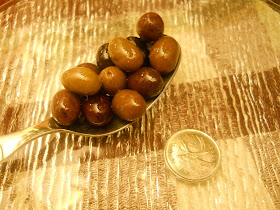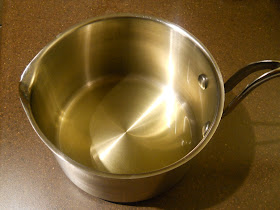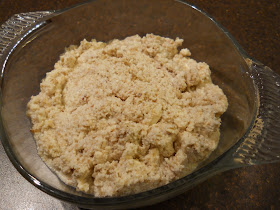Salade Niçoise is a specialty dish from the Côte d'Azur, France, and is made in the style of the people from Nice. The dish can be made in advance or on the spot. It is basically an assembly of different ingredients. This salad is usually leafless, but I have seen versions that use lettuce. That being said, there are many variations on the recipe. Here is my take on the classic.
You will require tinned tuna in olive oil. Make sure to buy the type that is in olive oil and not in any other type of oil, e.g. sunflower or vegetable oil. You want the real thing.
Next comes anchovies. Again, use the type found in olive oil. Southern French dishes are all about the olive oil!
I like to use boiled potatoes that are cut into cubes. I usually cook them in lightly salted water and leave the skins on.
Hard-boiled eggs are also another requirement. For some variation, you can use one or two pickled eggs, in addition, to add some complexity of flavour.
You will also require some mustard. I like to use French mustard, as it is a French dish. (Mais, bien sur.)
Feel free to arrange the ingredients in a mixing bowl. You may decide to mix them together right before serving (so that it looks pretty).
Feel free to add some cooked green beans (haricots verts) or some freshly cut parsley to the mix. I like to use these ingredients when they are in season.
Before mixing the salad ingredients together, make sure to add some freshly squeezed lemon juice.
Combine the ingredients, so that all of the flavours are incorporated throughout.
What ever you do, don't forget the star ingredient! Niçoise olives.
Note: I have made Salade Niçoise without the use of Niçoise olives, by using black olives instead. (Niçoise olives can often be difficult to find.)
This salad is fantastic any time of the year!





















































